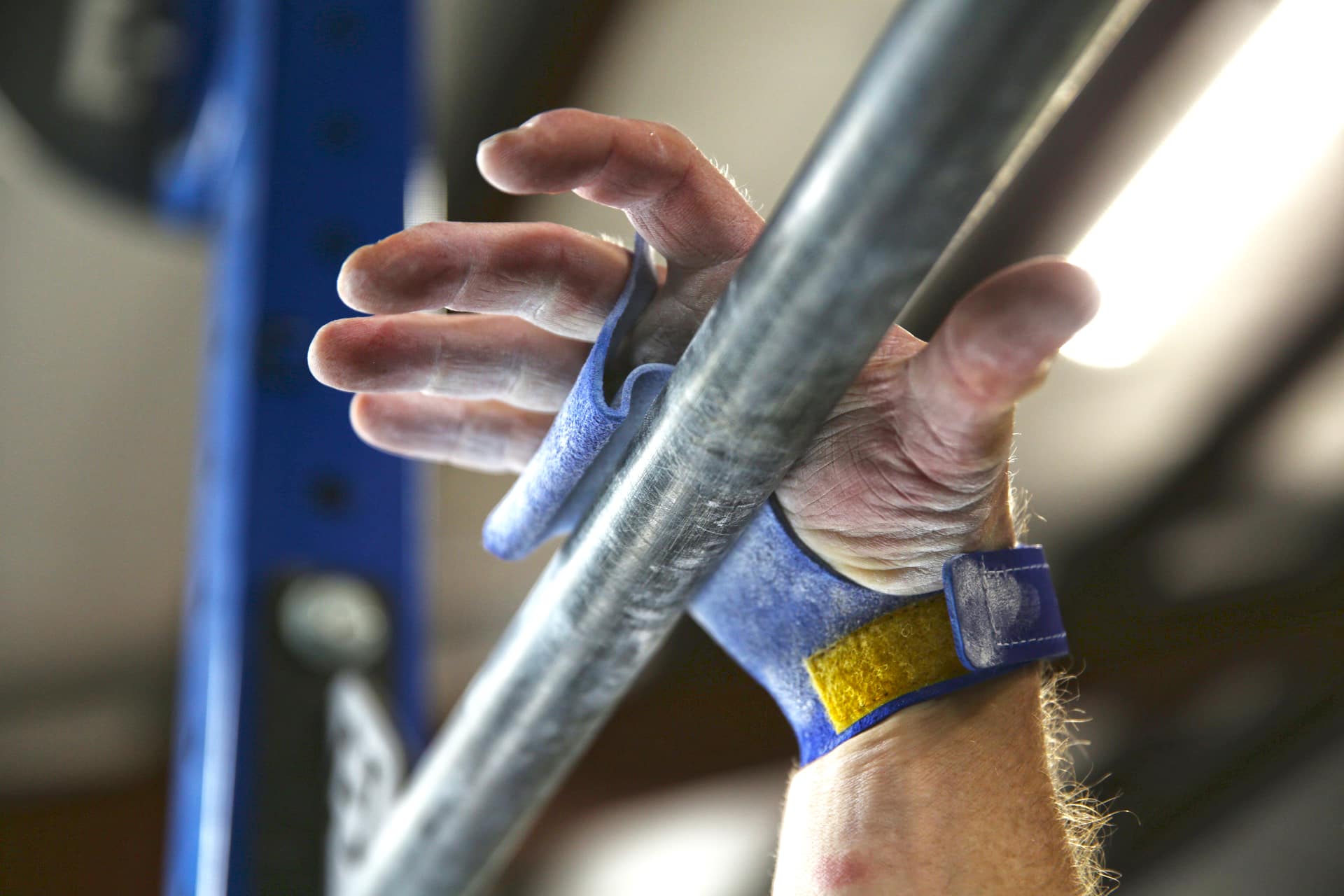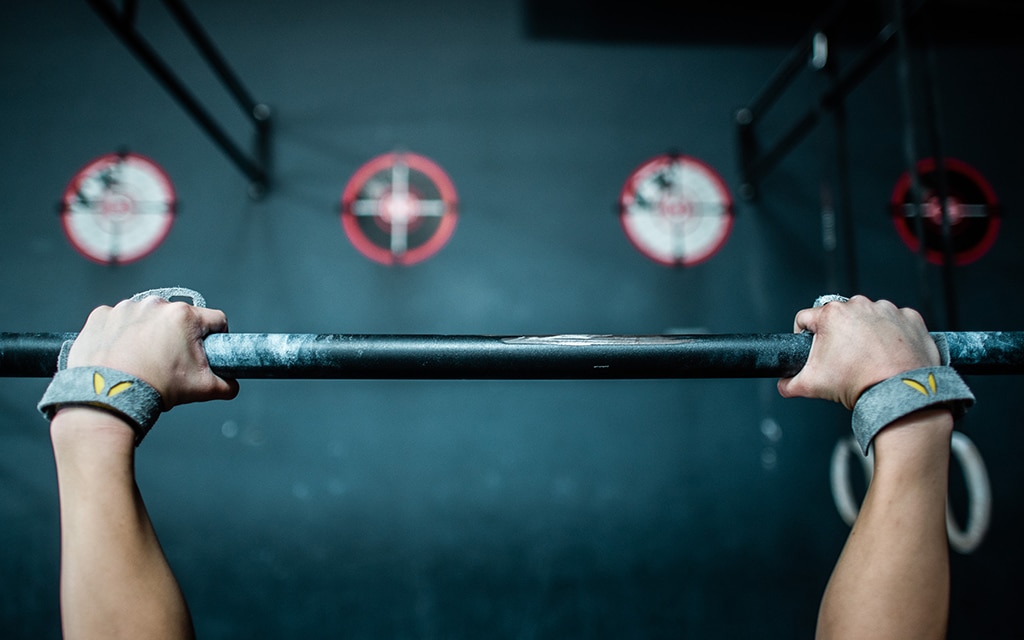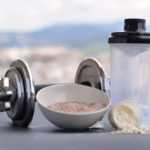I’ve discovered while working with athletes on gymnastics skills and fitting them with grips that many do not know how to grip a pull-up bar, nor how to use grips correctly. The two go hand in hand (no pun intended). Once mastered, properly gripping the bar with well designed gymnastics grips can instantly increase your power on the bar or rings.
How you initially grip the bar or rings can have a profound effect on the efficiency of the skill you are going to perform. When you jump onto the apparatus, you want to focus on getting your knuckles on top of the bar – putting your wrist in a neutral angle. Gripping with your wrist in a neutral angle allows you to create more torque on the bar through better engagement at the shoulders and lats. This also helps achieve a solid hollow position, with the rib cage down, at the bottom of the skill creating a safer more powerful movement.
One thing that you’ll notice using this gripping technique is that your calluses, or the skin on your palm underneath your fingers, pinches between your fingers and the bar. Now, this is not a bad thing although it may be uncomfortable at first. The reason why this is not bad is because your calluses will end up creating a natural ridge that will help you hold on. This is also the reason why when you rip at your calluses they rip up in the direction of your fingers. This is where properly designed gymnastics grips come into play.
Gymnastics grips designed for functional fitness should have enough length, or slack, to create a fold of material between the bar and your fingers (as pictured below). THEY SHOULD NOT FIT TIGHT LIKE A SECOND SKIN. This fold will act like a sort of biomimicry doing the function of your calluses making the movement much more comfortable while helping prevent rips.

The second reason for the fold is that it helps you hold on with more efficiency, creating more power. This is known as the dowel effect. The fold of material allows your fingers to push the material around the bar as your wrist rotates in the opposite direction, creating torque. You’ll feel like you have a very tight grip, providing more leverage, which translates into a powerful skill execution and more unbroken repetitions.
If you find that your grips are bunching up in the middle of your palm, that means that you are not gripping correctly. What’s happening is that you are gripping the bar just underneath your fingers at the calluses. This is called finger gripping, which forces the material to bunch into your palm, as well as reduce your efficiency. So, your gymnastics grips can actually help you learn how to grip correctly.
You may ask “What if I just flap the grips over the bar and not use the finger holes?” This technique works generally the same way as the fold to create torque. You are able to force the excess material around the bar with your fingers as your wrist rotates in the opposite direction. You need to note that if you are using this technique with grips that have finger holes, you run the risk of the extra length getting wrapped around the bar or rings when you release, which can cause injury. Victory Grips has a fingerless design called Freedoms that will keep you safe, protected and make your transitions fast.
In addition to the fingerless design, Victory Grips has 2, 3 and 4 finger grips that fit true to size while providing you sufficient length to create a fold. They are ergonomically designed to allow your hand and wrist to function naturally with comfort. Additionally, all Victory Grips provide protection to the ulnar or pinky side of the wrist so that you can use a false grip for strict muscle without ripping your skin. The unique Victory Grips design has earned a utility patent with the United States Patent and Trademark Office (USPTO).
With four different designs and three different material options you will be able to find the perfect grips. Get yours today at victorygrips.com.















